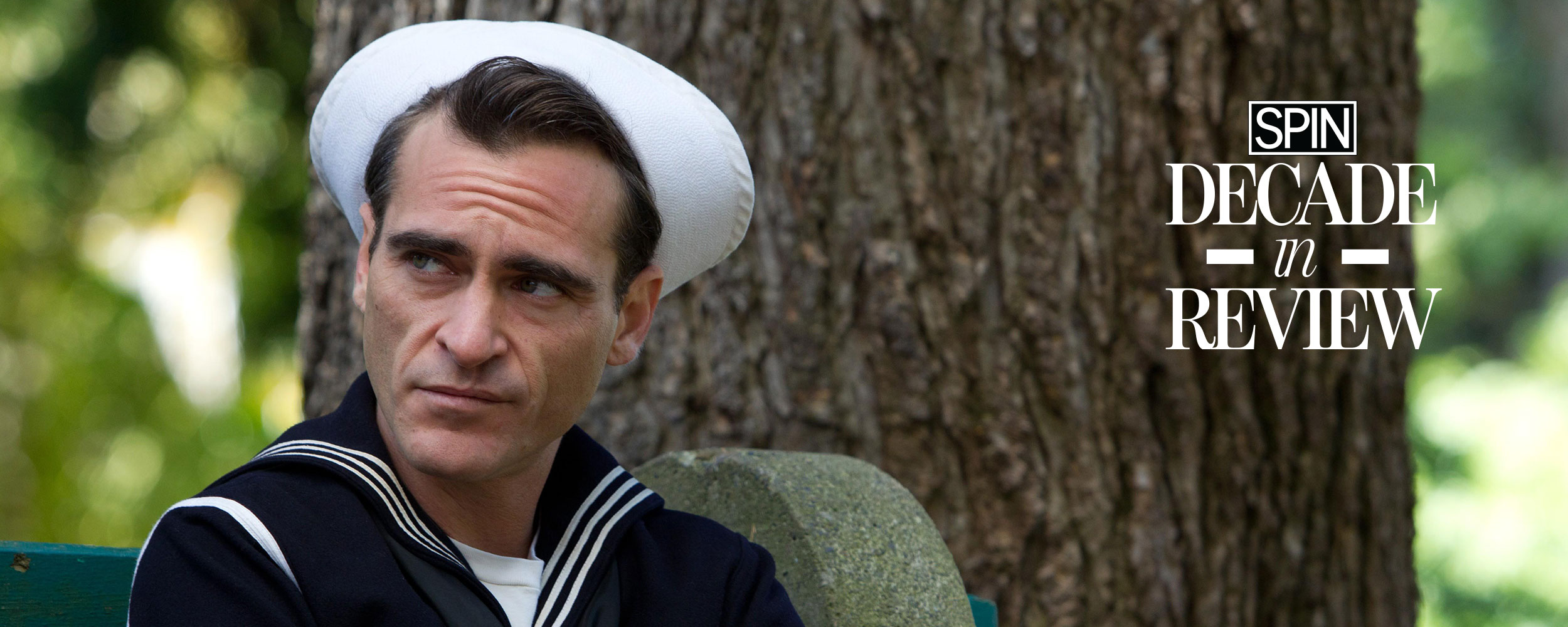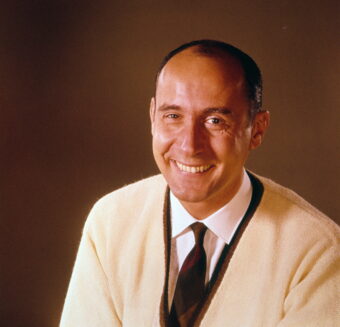Symbols are everywhere in David Robert Mitchell’s new film, Under the Silver Lake. And not just symbols, but maps, codes, allusions, antecedents, and overt reference points—fitting for a movie about a conspiracy theorist. Andrew Garfield plays Sam, 30-ish and unemployed, on the verge of being evicted from his Silver Lake apartment. Rather than looking for a way to pay rent, he spends his days spying on female neighbors and studying old tapes of Wheel of Fortune, looking for hidden patterns in the periodic movement of Vanna White’s eyes.
Sam is obsessed with uncovering some grand plot designed by “the rich,” and with finding markers of the conspiracy, which he believes permeate every aspect of popular culture, from Top 40 radio to the prizes inside our cereal boxes. He’s clearly paranoid, but he’s not wrong that something seems amiss in L.A. The disappearance of his neighbor Sarah (Riley Keough) and her dog Coca-Cola sparks a chain reaction in the city, with parallel strangeness abounding: a wealthy businessman has also gone missing, a vicious dog killer runs wild in Silver Lake, and trios of women keep popping up in odd places. Sam takes it upon himself to make sense of all this, and his misdirected wanderings make up the bulk of the film.
Under the Silver Lake comes from a long lineage of pseudo-pulpy noir, and Mitchell is not shy about that heritage, making an obsessive catalog of explicit references to his forebears. In an early scene, Sam is slumped in a chair and peering through binoculars, like a horny millennial version of L.B. Jefferies in Rear Window, looking at a topless woman who may remind you of Philip Marlowe’s clothing-optional neighbors in Robert Altman’s The Long Goodbye. Later he’s Inherent Vice’s Doc Sportello, stumbling through the homes of wealthy conspirators in a similarly rushed and jagged cadence; or he’s Jeffrey Beaumont of Blue Velvet; or he’s the Dude in The Big Lebowski. There’s a conspicuous shot of Alfred Hitchcock’s gravestone in the Hollywood Forever Cemetery, and we see Invasion of the Body Snatchers on a TV set running TCM. Mitchell even gives Patrick Fischler (of Mulholland Drive’s infamous diner scene) a cameo as another conspiracy theorist.
Under the Silver Lake’s anxiety of influence manifests more in these overt homages than in its structure or substance, and its directness prevents it from slipping into the realm of pastiche, even though the collage of references can feel like pure signposting. Mitchell leads both his protagonist and his audience down the rabbit hole, where questions beget more questions, with increasingly unsatisfying answers. He seems to relish turning viewers into conspiracy theorists themselves. In a recent interview with Vulture, the director expressed his satisfaction with the multiplicity of Reddit threads dedicated to identifying and parsing the film’s constellation of symbols and pop culture references: “It’s nice to hear people are seeing some of the layers.”

Also Read
30 Great Movies That Defined the 2010s
Obscure sounds and images recur throughout Under The Silver Lake’s Los Angeles, which certainly gives the impression than there are layers to peel back. And if the pursuit of a deeper meaning proves fruitless, that seems like precisely the point. There’s nothing wrong with a good shaggy dog story, but Mitchell is too meticulous in his presentation of the clues to really tell one. Under the Silver Lake sits squarely between the heady dreamspace of David Lynch and the more literal, externalized mystery of Hitchcock, but doesn’t linger in either register long enough to sustain the spell. Mitchell isn’t content to let plot points float untethered, but he also refuses to rein them in toward the conceptually airtight territory of his previous film, 2014’s It Follows. Under The Silver Lake makes prominent allusions to Mulholland Drive and Thomas Pynchon’s The Crying of Lot 49—works that, for all their wild incoherence, are as interesting when floundering in uncertainty as they are in moments of clarity. Mitchell’s narrative struggles to stimulate the imagination in quite the same way.
When a tangible conspiracy actually beings to emerge from the intertextual muck of Under the Silver Lake‘s first half, the film turns into a glorified treasure hunt. The codes become clearer; the cosmos aligns; a comic book about supernatural beings haunting the neighborhood turns out to be true. The symbols don’t add up, until they do, but then the mystery is sapped. As the narrative seems to shift toward alignment over chaos, Sam follows an inverse trajectory, becoming increasingly unhinged and committing more extreme acts of violence. And as he grows more unstable, Mitchell leans more heavily on the surreal, with moments of apparent resolution seeming to reflect Sam’s psychological breakdown; it’s a move that deflates the mystery, rather than emphasizing it.
Still, much is left unresolved. For all its pretentiousness, Under The Silver Lake is a fun ride. An ideal midnight movie, it begs to be analyzed but doesn’t lend itself to extended contemplation. As Sam pieces together disparate letters and numbers, we find ourselves in the role of the Reddit fan theorist, wading through a relentlessly postmodern marsh of cultural reference points in hopes of finding what Mitchell might actually be saying. Rather than concerning itself with arrival, or with answers to its impregnable questions, the film leaves us in purgatory.
An early promotional trailer for the film was soundtracked by the Violent Femmes’ incel anthem “Add It Up,” a reminder that the schlubby protagonist’s fixation on sex is intimately connected with his paranoia. Like the delusions it depicts, Under the Silver Lake is exciting, and more than a little self-indulgent. It’s no wonder Sam is both an ardent conspiracy theorist and a frequent masturbator.




